Discover which plants to leave untrimmed this fall so your garden stays healthy and flourishes with vibrant blooms next spring.
Discover which plants to leave untrimmed this fall so your garden stays healthy and flourishes with vibrant blooms next spring.
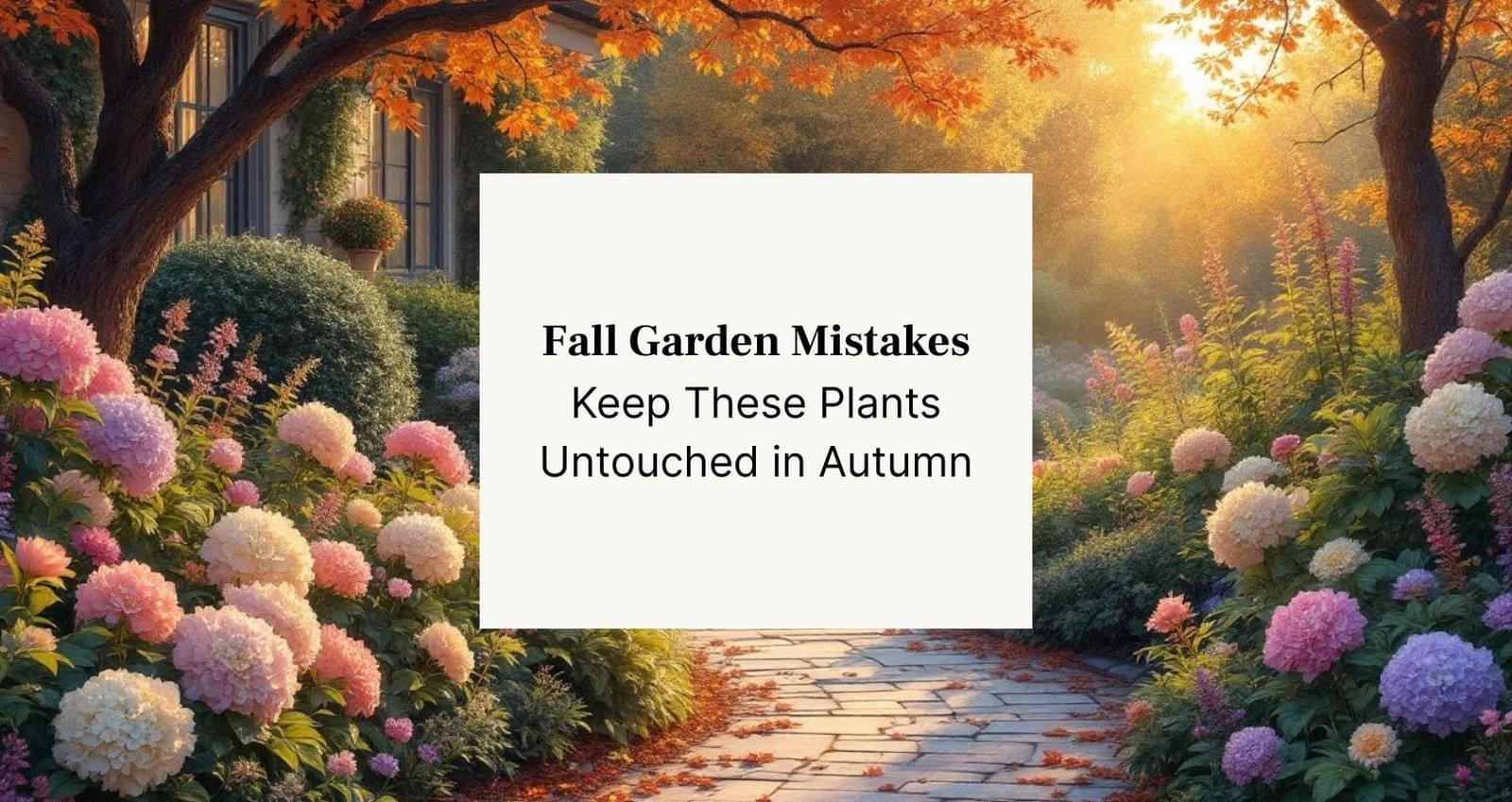
Discover which plants to leave untrimmed this fall so your garden stays healthy and flourishes with vibrant blooms next spring.Not all plants should be trimmed before winter. Discover 8 plants you should never cut back in the fall, including hydrangeas, lilacs, and peonies, to keep your garden healthy and blooming next spring. Also checkout for Proven tips to Create a Thriving Terrace Garden.
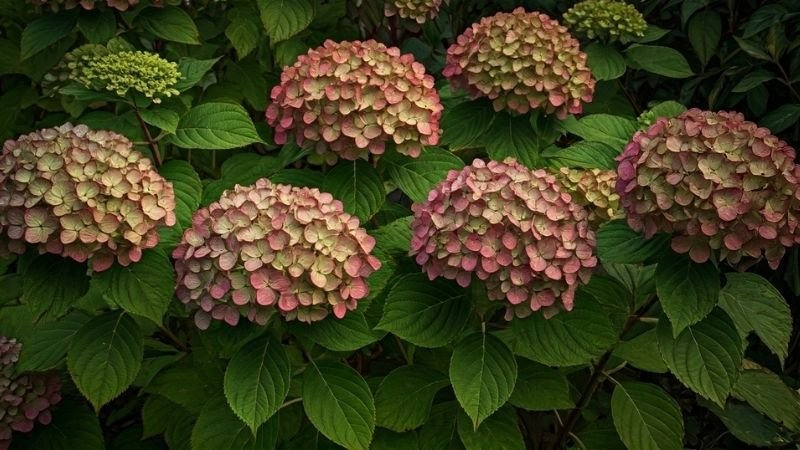
Hydrangeas form their blooms on old wood, meaning if you cut them back in fall, you risk removing next year’s flowers. These plants rely on their stems for protection during winter, and trimming them too early can leave them vulnerable to frost damage. Instead, wait until late spring to carefully prune dead or weak stems.
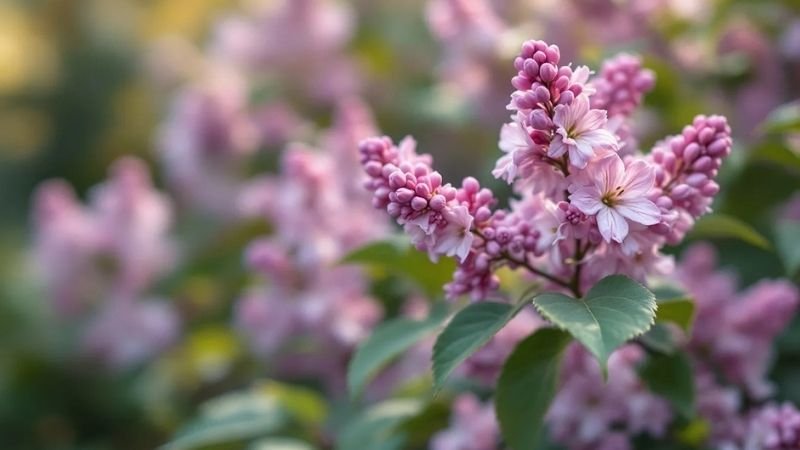
Lilacs set their flower buds in summer, and these buds stay dormant through fall and winter until blooming in spring. Cutting them back in autumn can easily remove those buds, leading to fewer flowers the following season. It’s best to prune lilacs immediately after they bloom in spring.
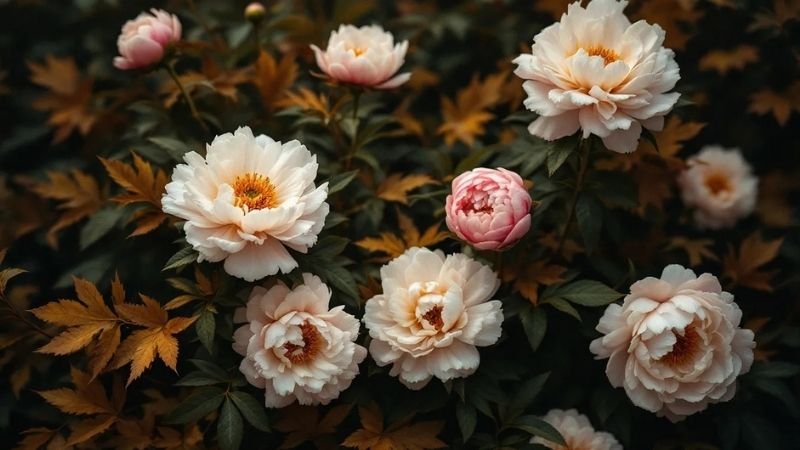
Peonies have delicate crowns that need the foliage to protect them through winter. Cutting them back in fall can expose the crown to frost damage. Leaving the foliage intact also ensures stronger blooms when spring returns.

Azaleas, like rhododendrons, set their buds months in advance of blooming. If pruned in fall, you risk removing the buds and reducing spring color. They also use their leaves and branches as natural protection against harsh weather.
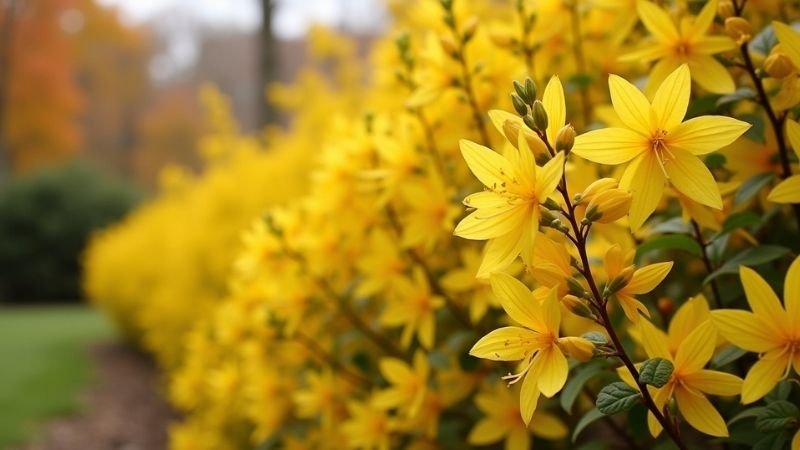
This early-blooming shrub produces bright yellow flowers on old wood. Cutting it back in fall means sacrificing its colorful spring display. Instead, allow it to grow freely through winter and prune only after it has flowered.
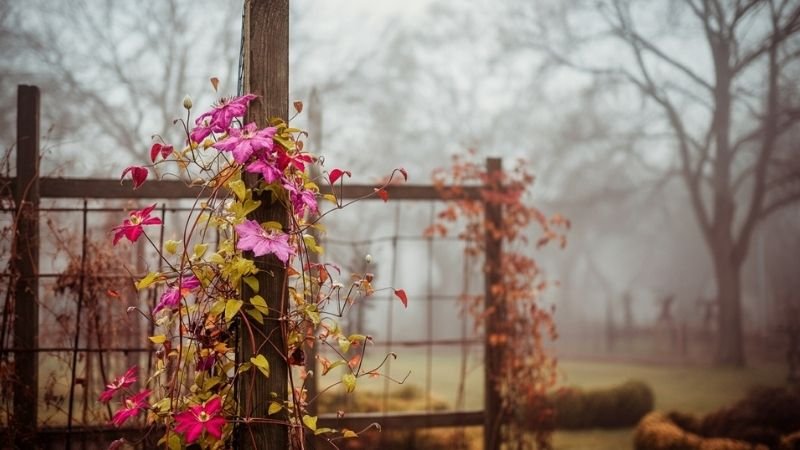
Many clematis varieties bloom on old wood, which means pruning in fall may remove the growth they rely on for spring flowering. These vines also benefit from keeping their structure intact over winter.
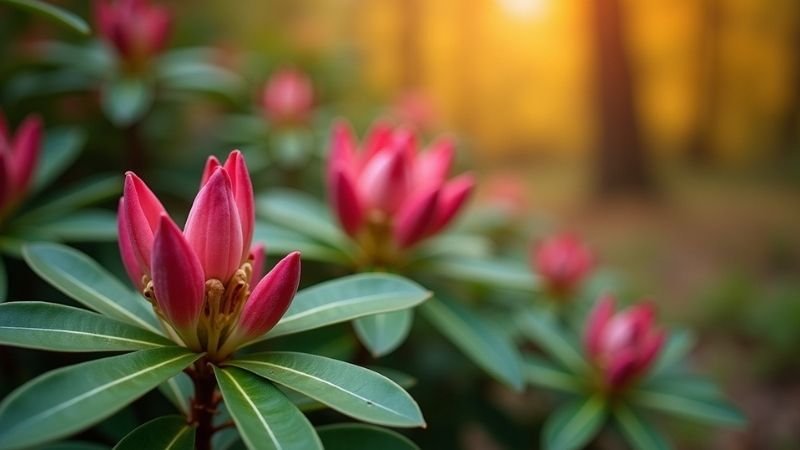
Rhododendrons prepare their flower buds well before winter. If you trim them in fall, you’ll likely cut away the buds and lose next season’s blooms. Keeping their structure intact also helps protect the plant from winter winds.
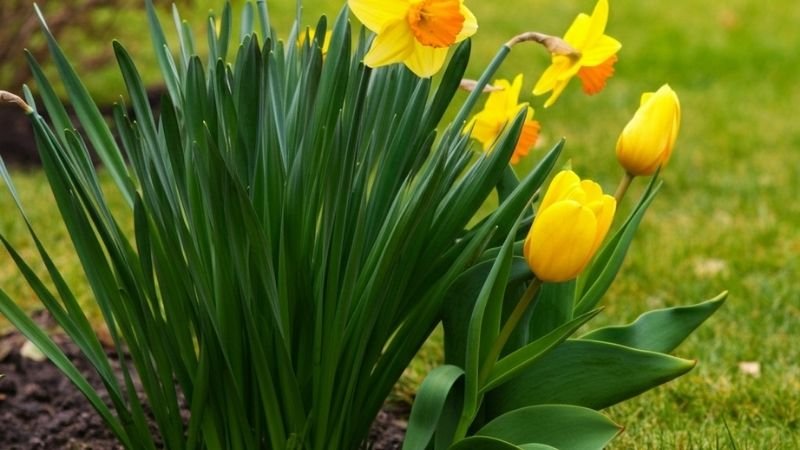
Even though their blooms die back in late spring, tulips, daffodils, and other bulbs rely on their leaves to store energy for the next season. Cutting back the foliage too soon in fall can weaken the bulbs and result in fewer blooms. Always let the leaves die naturally.
Fall is an important transition period for your garden, and while it may feel natural to clean up everything at once, some plants depend on their existing growth to survive the winter and bloom again in spring. By leaving hydrangeas, lilacs, peonies, azaleas, forsythia, clematis, rhododendrons, and spring bulbs untouched, you set the stage for a healthier, more colorful garden next year.